Franci Feng and Tommi Zhou will create a interesting exploration of the future space at Design Shenzhen
)
The well-known designer Franci Feng and outstanding young architect Tommi Zhou jointly created a interesting exploration of the future space. The creative concept " Diadromy " advocated highly fits the theme of the exhibition of "multiple cross-border, content-driven".
The theme of the curatorial "migration" is inspired by the periodic movement of fish. The reincarnation of materials is like the periodic movement of fish-migration. Due to the physiological needs of fish, they travel far, upstream, reproductively migrate, and return to their hometown to lay eggs. Fish complete the life cycle with the instinct of survival, and produce new value on the basis of the old life time and time again. The generational alternation and constant change of this kind of building material is like migrating, and it should also be a kind of self-instinct.
In the renovation plan of our A park, we are integrated and changed from the inside to the outside instead of completely demolishing the buildings with memories from top to bottom. Do not follow the inherent impression of the modern business district too much, and create a unique commercial complex with a relaxed attitude. In the future home of Apark-HEA, this self-preserving attitude is also incorporated.
Throughout the entire curatorial process, through the recycling of old building materials, re-fusion, transformation, and utilization, so that these materials with memories and their own self-worth have new value. After the exhibition, these new and old materials will be placed in every corner of APark with the meaning of the past and the present, and will create future possibilities over time.
Studies have shown that the construction industry accounts for 39% of the global total. Therefore, the theme of the exhibition hall is not only to reflect the self-worth of building materials, but also to call for the reuse of garbage to protect the environment from its source. The layout of the exhibition hall will also use plates made of recycled marine waste plastic. The exhibition hall mainly recycles the lamp tubes of the former factory building, re-installs the form of fish swimming, and cooperates with new media artists to program and control the lights to achieve the effect of fish swimming. The demolished bricks from the main recycling plant are also crushed and mixed with new materials to synthesize bricks of different colors and different hollow shapes, which are piled up into corals around the fish school. According to different combinations, different functional planes, chairs, tables, bar counters, etc. will be formed.
The exhibition hall uses materials removed from the original Apark factory to make modular furnishings. This is a respect for the original materials and the preservation of historical memories. When these modular furniture explore new combinations according to the needs of users, continue to grow, and finally are recycled into the future use of Apark, new values and memories are also superimposed. This is an open and sustainable attitude that cherishes self-worth, is not rigidly defined, retains the true self, and keeps exploring.

